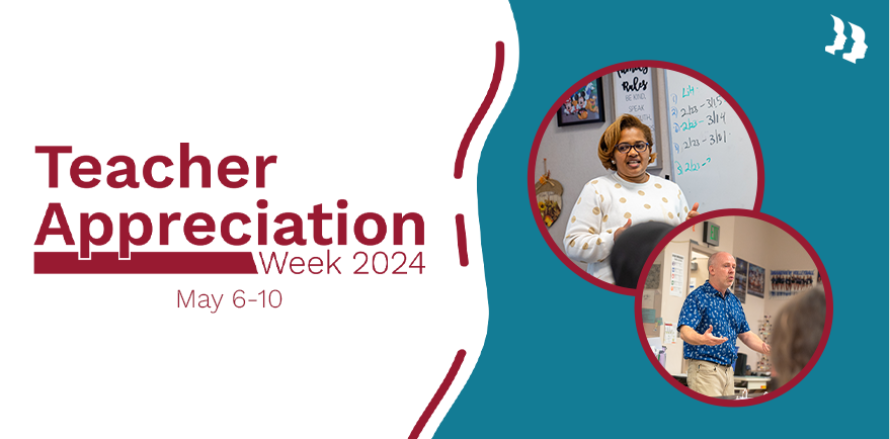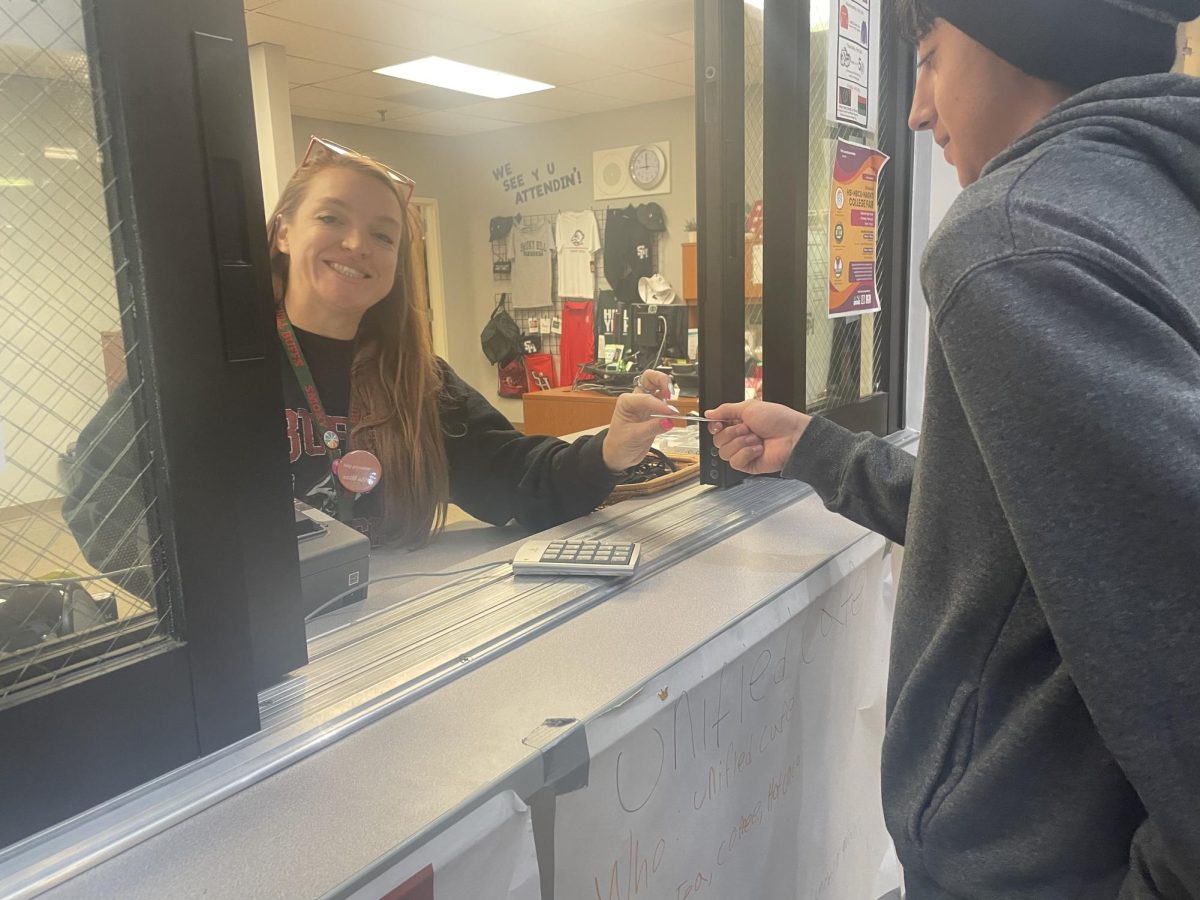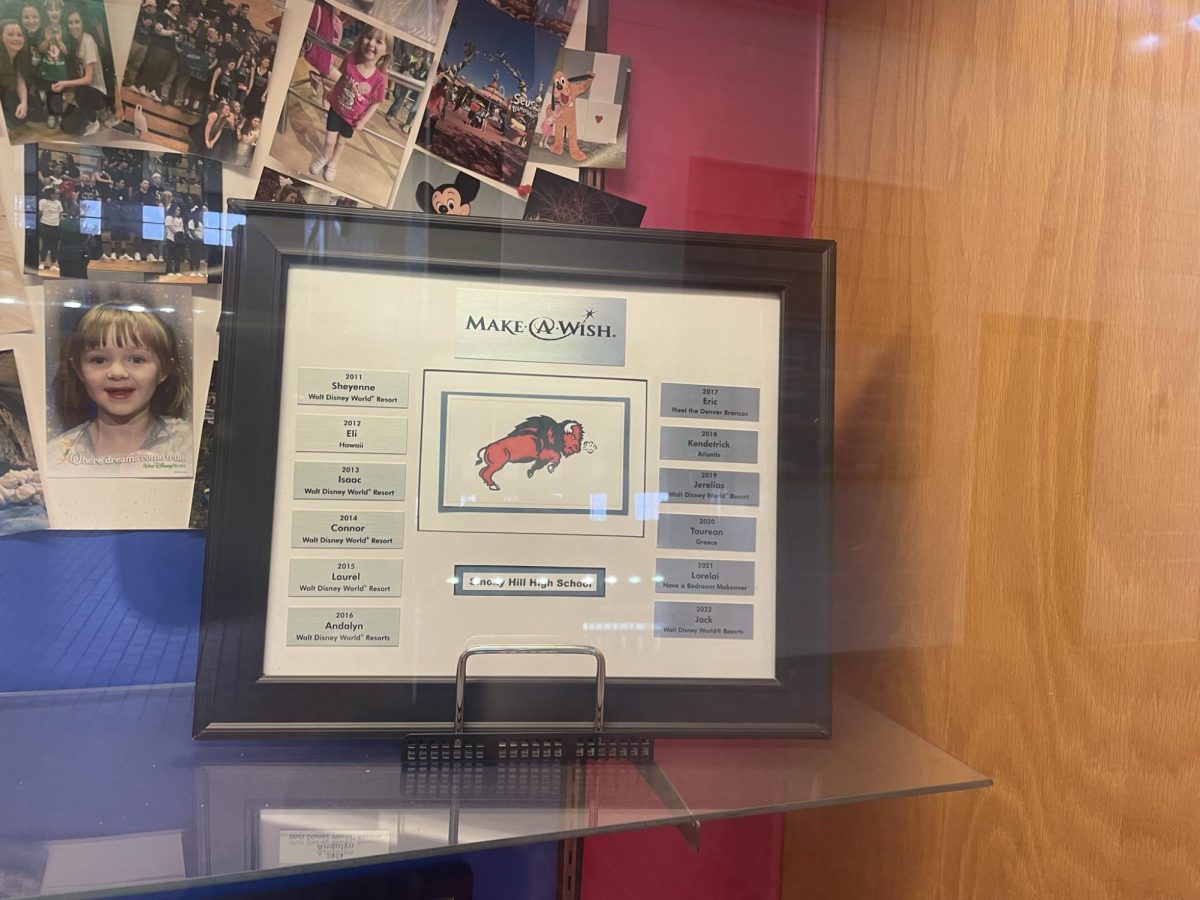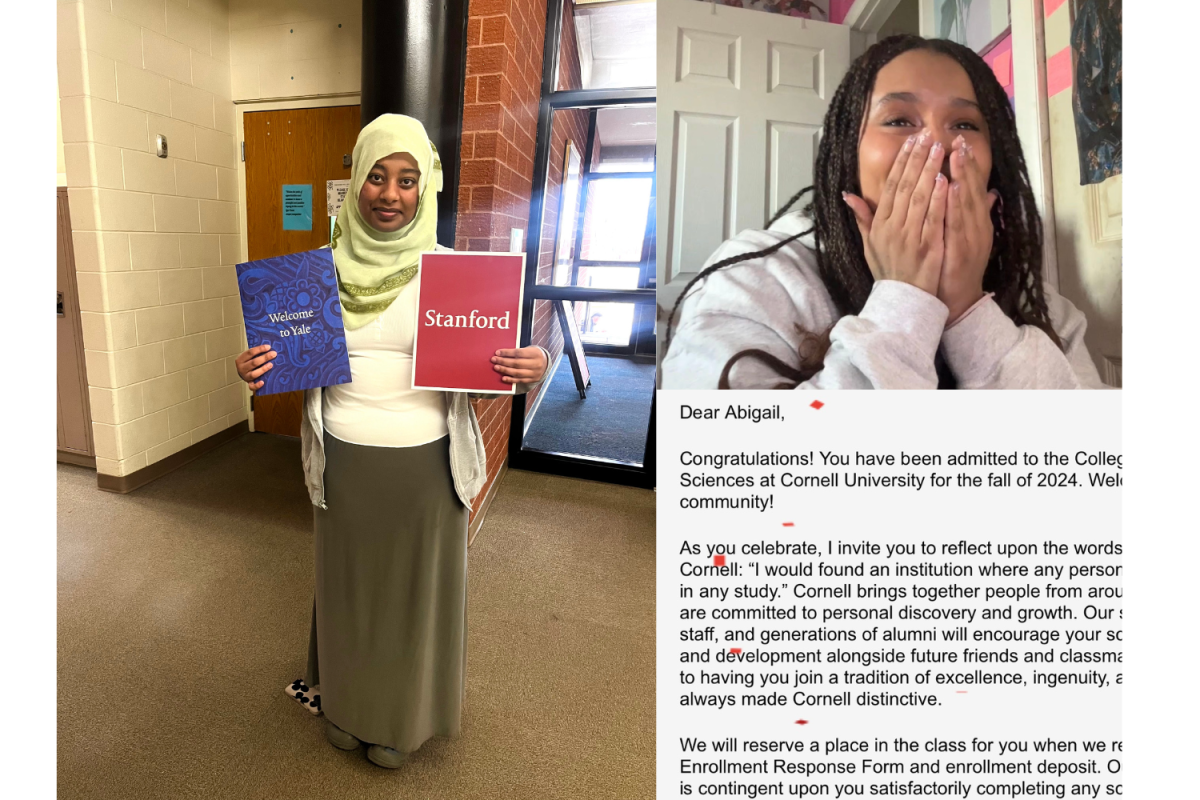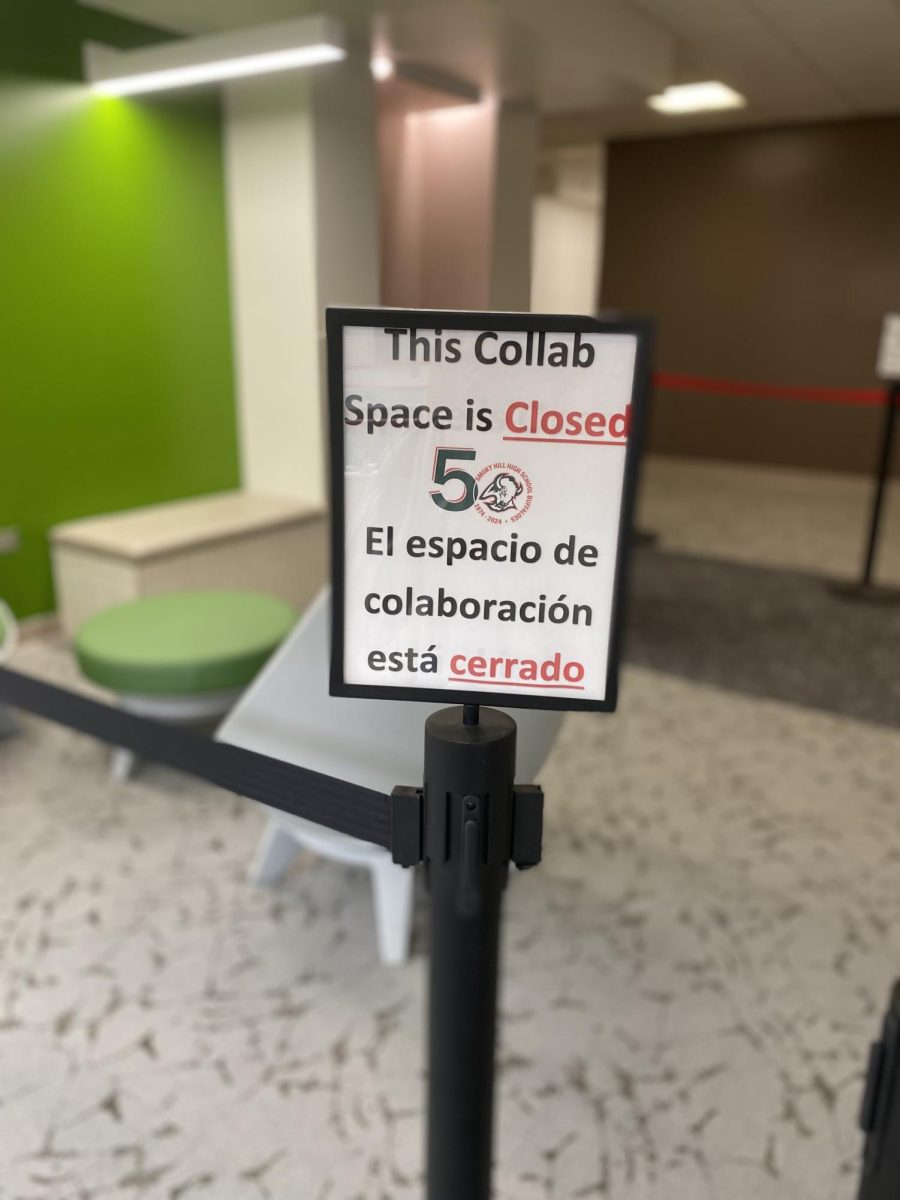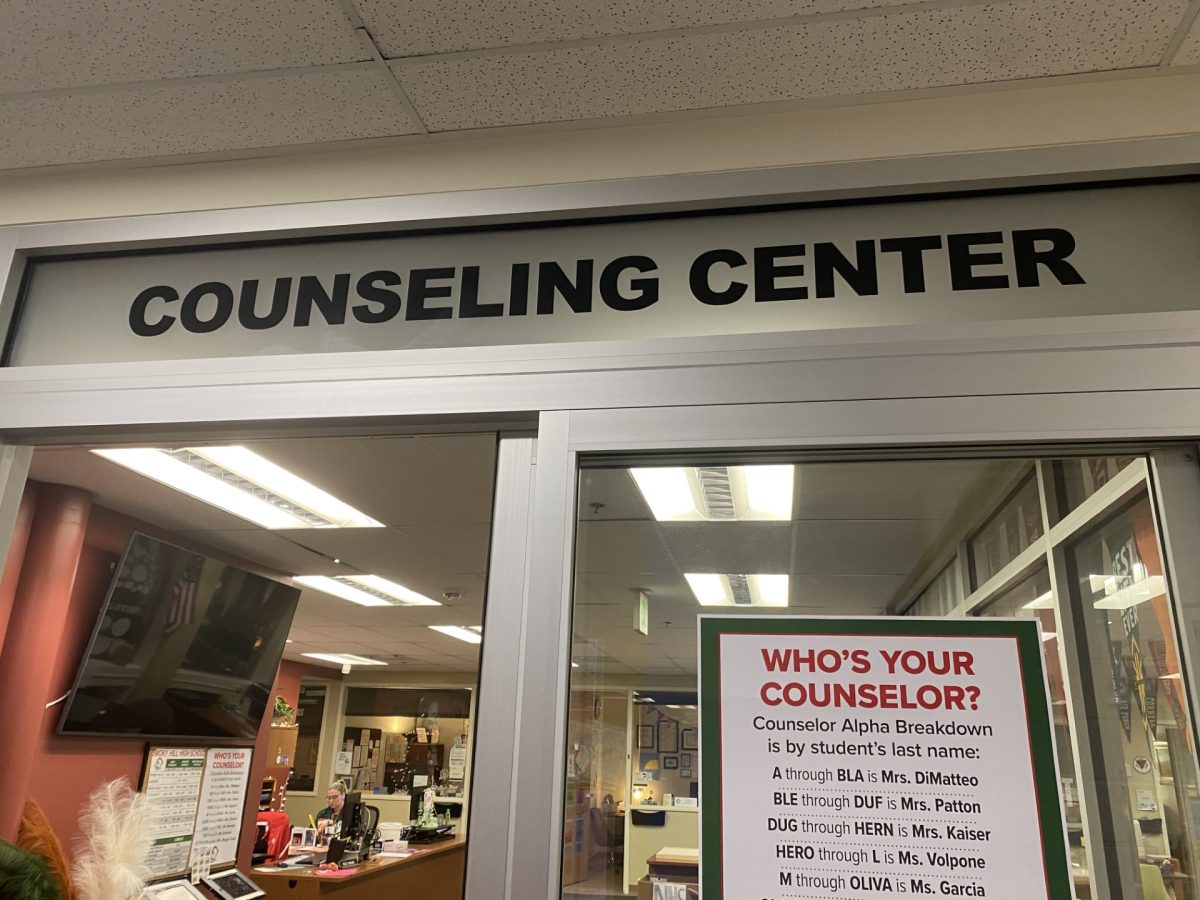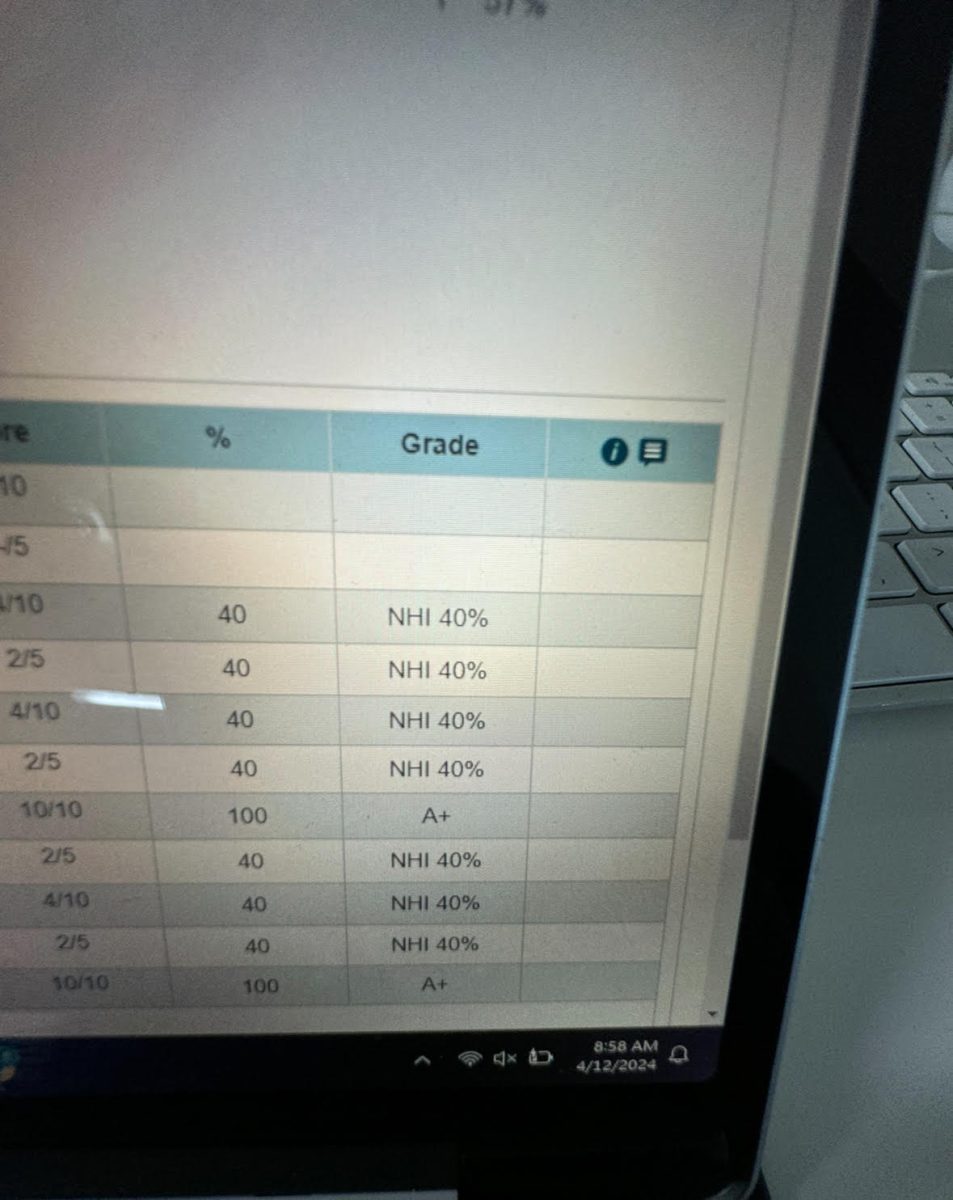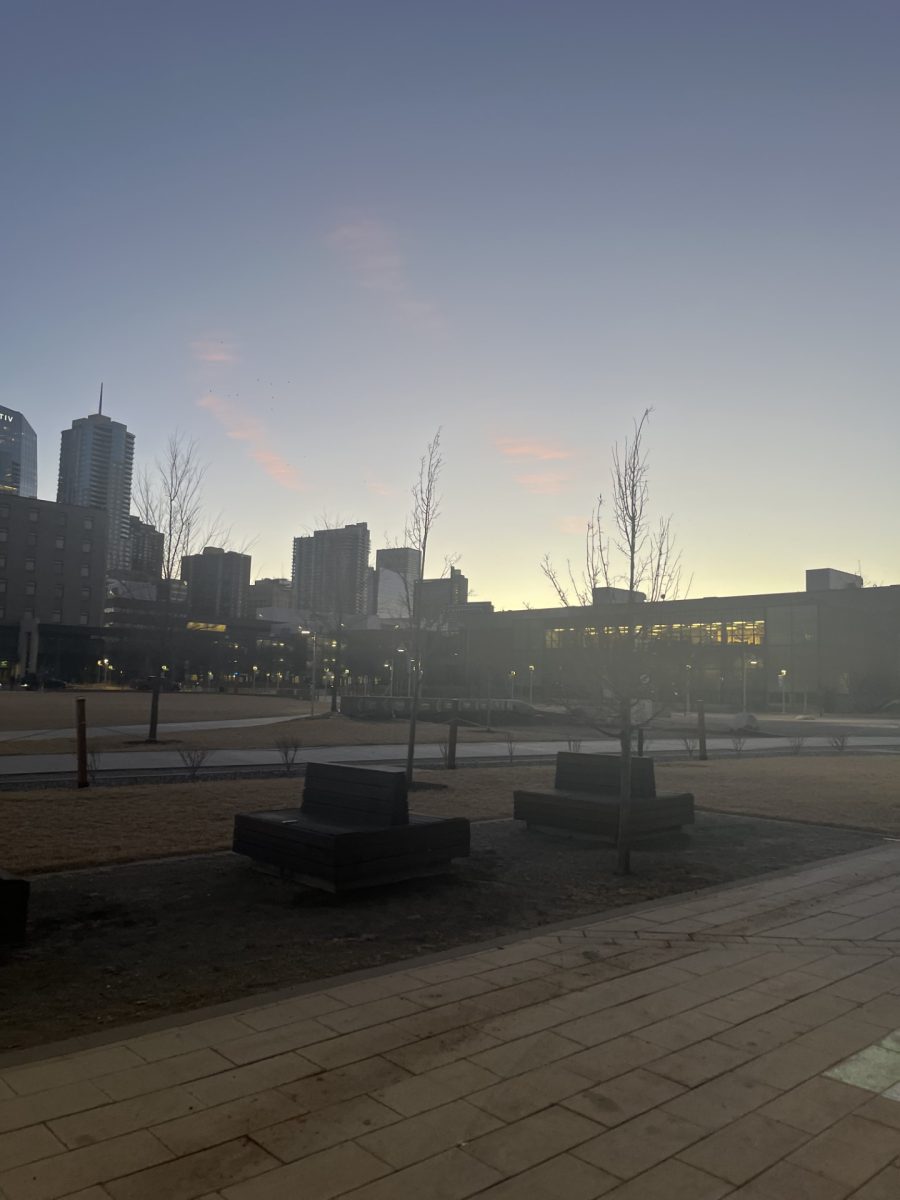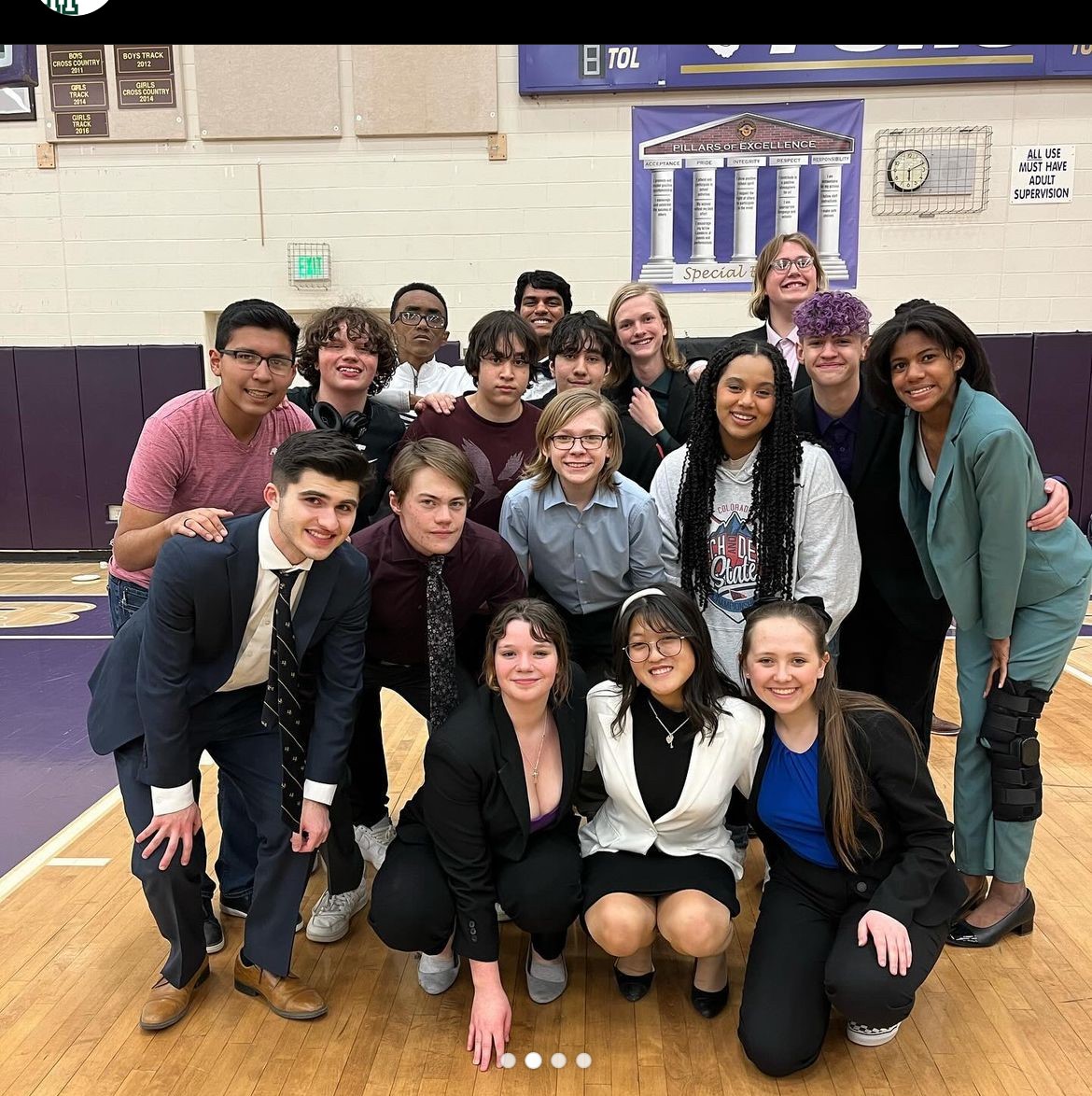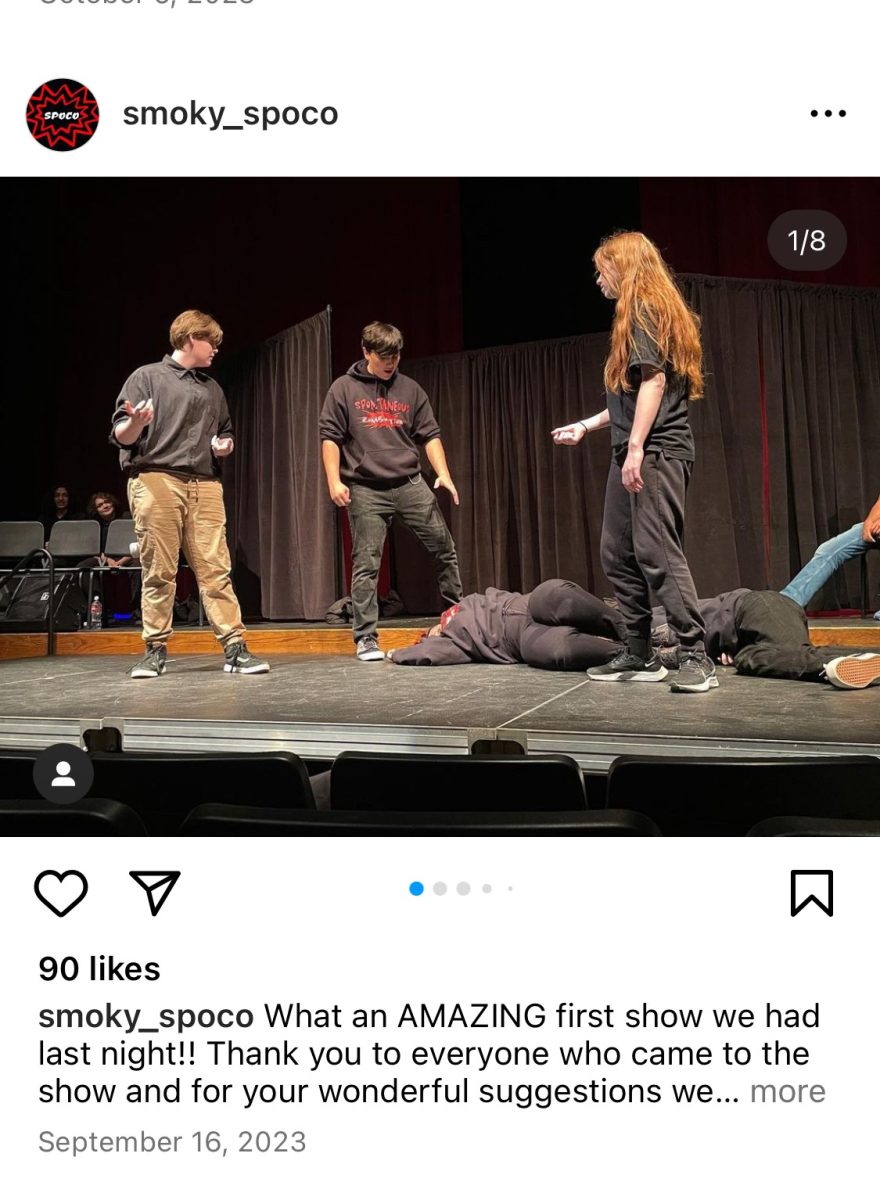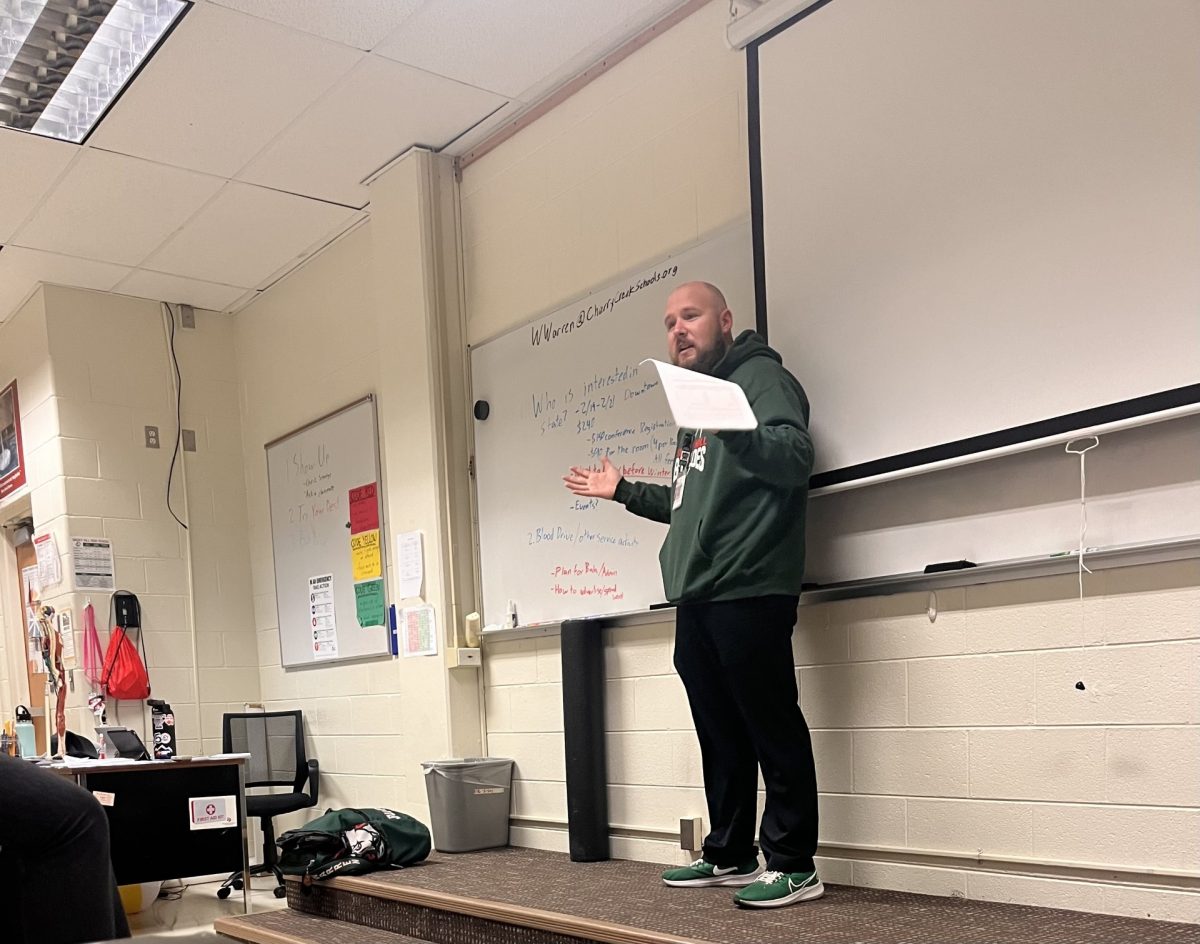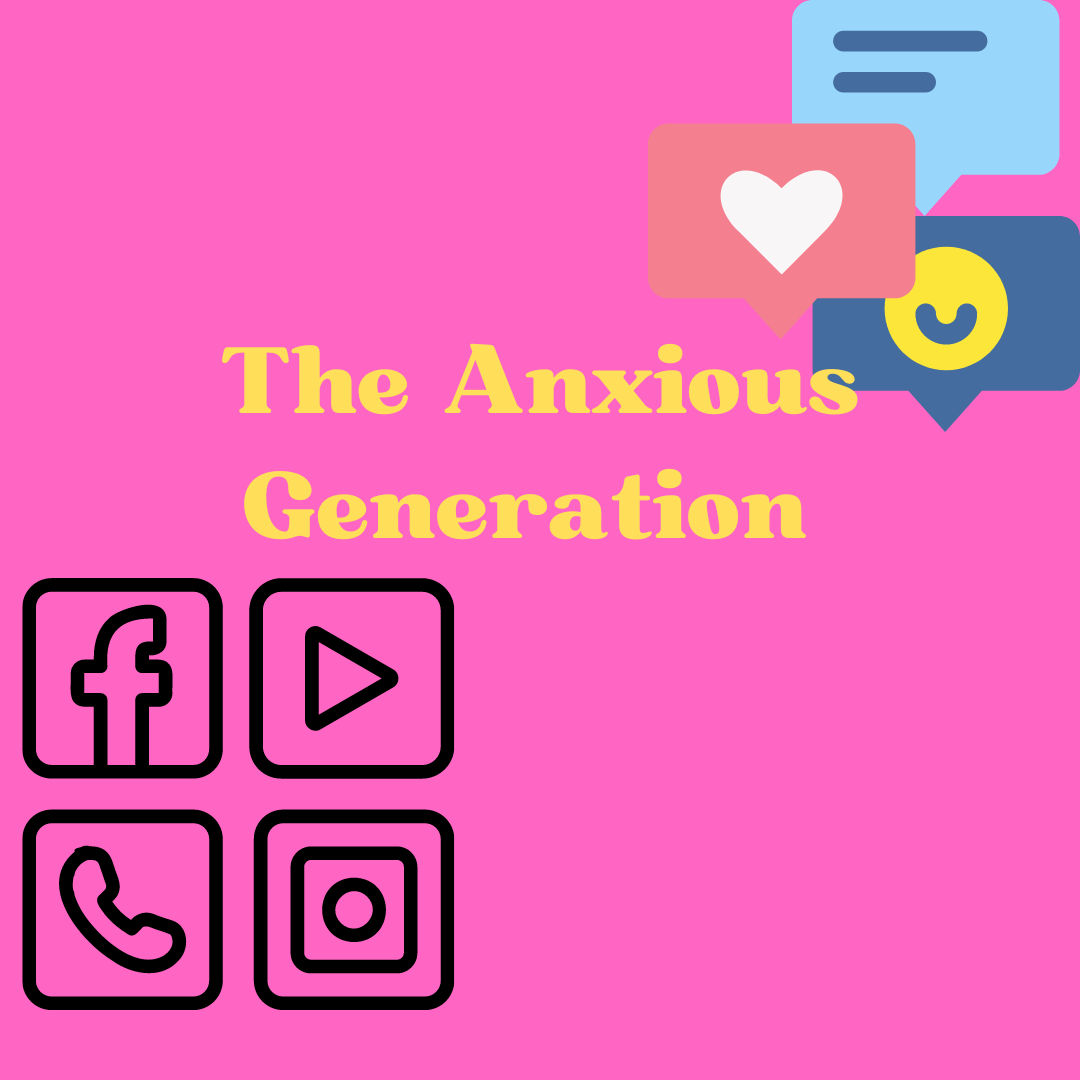The Feasibility of Vaccinations for Teachers
Vaccines across the nation are being administered at a much slower rate than expected. Will this affect teacher vaccination and the return of a normal fourth quarter?
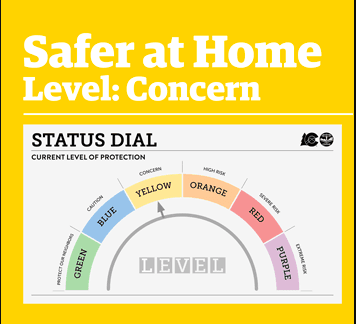
February 17, 2021
With the initial COVID-19 shutdown nearing its first birthday, the desire to return to normalcy is growing stronger. The growing amount of confirmed cases and constant schedule changes has students and teachers alike yearning to return to the original model of school. Though wearing masks is effective in stopping the spread of the diseases, vaccines are the only thing that could cause the turning point of the pandemic.
Earlier this year, Superintendent Scott Siegfried proposed that the majority of faculty of the Cherry Creek School district would be vaccinated by March. Even promising, “we are going back to school full-time, all kids, all levels.”
The superintendent’s claim might lack some perspective considering that he isn’t directly immersed within the school culture at each institution. Specifically for Smoky Hill, how feasible is widespread vaccination and the eventual return of normal?
Though the superintendent won’t require all faculty to receive the vaccine, Dr. Mcwright, a science teacher, believes that “everyone should get the vaccine, those of us like myself who are waiting to be vaccinated have concerts as to the fact that it’s taking too slow, especially because we have two new variants of the virus.”
Dr. Mcwright’s sentiment is representative of the numerous faculty at Smoky Hill who haven’t received the vaccine. With new strains introduced into our community, the efficacy of the vaccine decreases. An inverse relationship as this situation requires that the majority of a population receives the vaccine.
When “we fall below that 90% epidemiologists really got concerned because then that means we could start having more of the virus show up.” Reaching the 90% mark for a community like ours will prove to be extremely difficult considering that roll out for faculty is slower than expected, students are near the bottom of the vaccination list, and the fact that students and faculty interact with others outside of Smoky Hill.
The combination of these three facts insinuates that a “normal” fourth quarter requires the vaccine rollout to increase. The community, whether that is Smoky Hill, Aurora, or the United States, must work together if normally is ever to be seen again.

